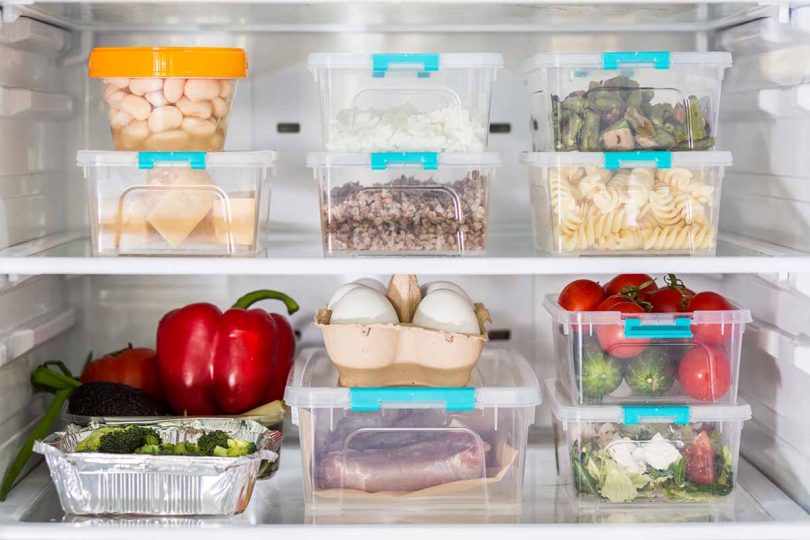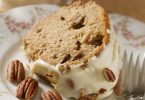If you want to make healthier choices, you should stock your fridge with the right supplies. But, before you do that, you should take inventory of everything in your refrigerator. Set yourself up for success, use these strategies to reorganize and fill your refrigerator.
Clear it all:
Out with the junk and fresh, you must take everything out of the fridge. Dump anything that is out of date or questionable. We also recommend throwing out anything you don’t want to consume or donating anything that hasn’t been opened.
Increase visibility:
Getting organized begins with knowing what materials you have on hand and putting them in a convenient location. To store whole fruits and vegetables, bags of flour, jars of fresh herbs, and other assorted goods use clear containers such as wire baskets or plastic bins. Organizing these goods by section will help you avoid buying duplicates and losing track of ingredients.
Rinse and cut fruit:
When you arrive home from the supermarket, strawberries, rinse bite-size blueberries, red grapes, and cherries, wipe dry with paper towels, and arrange them in bowls. Place whole fruit, such as melon and pineapple, in closed containers. Stack fruit near the front of the fridge so that the color catches your eye when you desire something sweet.
Get a whiteboard:
Keep a whiteboard near your fridge with a list of what you’ll be eating for the week and what groceries you need to buy. If you achieve this, you will be an organizational champion. You plan out your meals, so you know what to prepare and when. You also have a good idea of which ingredients you need to stock up on. Simply photograph the board with your phone and use it as your grocery list. Because your list will already be arranged into food store categories, making shopping more effective.
Separate the water :
How many times have you gone to the fridge to grab water only to be distracted by the sight of the leftover cake on the top shelf? To prevent the unneeded test of willpower, fill from the tap or use the dispenser on the outside of your fridge door to avoid gazing at the food inside every time you open the door to grab it.
Label :
Labeling allows you to readily identify the contents of your drawer or bin while also making it easier to put away food. We recommend using a paint marker to make permanent labels, and you can use a chalk marker to indicate things like cook times or expiration dates so that you can simply remove them later on.
Place food with care:
Leftover food and other prepared foods should be stored on higher shelves, which are less likely to be contaminated.
Similarly, raw meats should be kept in the bottom section of the fridge to avoid spillage. Because condiments are the most temperature-stable items, store them in the refrigerator’s door section; since the air vent is the coldest area of the refrigerator, eggs and proteins like fish should be placed near it.
Pre-cook your grains:
Waiting for brown rice to cook can feel like an eternity at the end of a hard day. But you can go ahead. It keeps well in the refrigerator, in a small pot, rice cooker insert, or another container with a firmly fitting lid. Simply add a dash of water before microwaving to make it steam again. Make a pot of brown rice, quinoa, or your favorite whole grain on Sunday. Then, for the rest of the week, use it as the foundation for nutritious grain bowls.
Keep the healthiest options at the front:
Keep washed and sliced fruits and veggies in reusable silicone bags or transparent glass jars near the front of the shelf, so you always have a colorful snack on hand and visible when you open the refrigerator door. Most people fall short on fiber intake regularly, and this is one simple technique to help raise your daily consumption.
Store flours, nuts, and seeds in the Fridge:
A lot of people keep these products on shelves or the pantry, but they’re better stored in the fridge. Because flours, nuts, and seeds contain heat-sensitive oils and spoil fast, store them in bags or containers in the refrigerator. A crisper box or any of the shelves will do. Be cautious: these goods might absorb odors from other ingredients in the fridge, so keep them well sealed in their bags or containers.








Leave a Comment